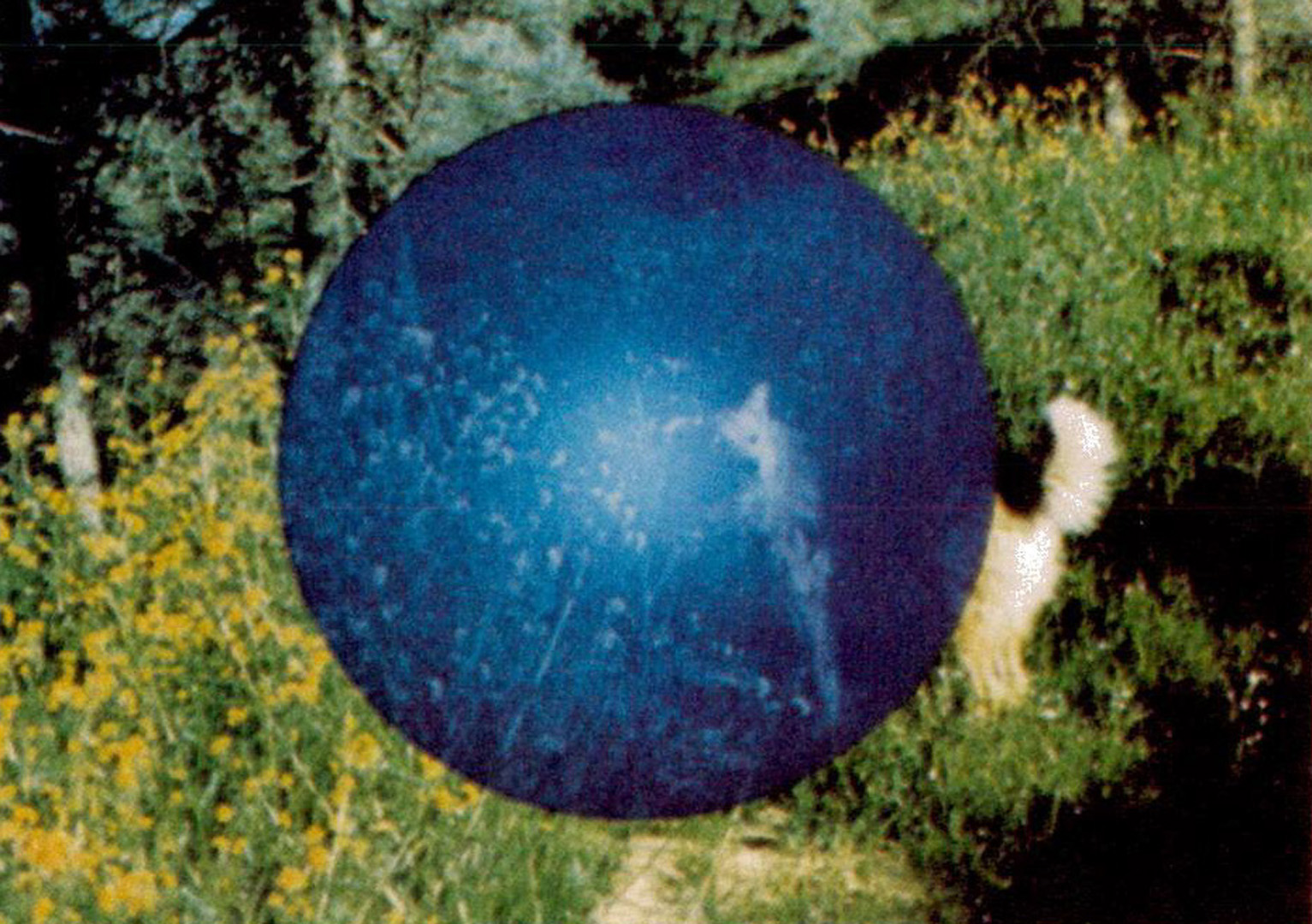“Optical printing in computer animation” by Max and Blunden
Conference:
Type:
Title:
- Optical printing in computer animation
Presenter(s)/Author(s):
Abstract:
The optical printer can be considered as an optical analog computer, which can perform geometric transformations and simple arithmetic operations on pictures very efficiently. The principles of operation of the printer are explained, and many of its applications to computer animation are listed and discussed briefly. Two techniques are discussed in detail: the use of high contrast masks to suppress the bright spots where two lines of different colors cross, and the use of continuous tone masks and multiple exposures to create realistic transparency at low cost.
References:
1. Appel, Arthur, Rohlf, F. James, and Stein, Arthur J., The haloed line effect for hidden line elimination. Computer Graphics Vol. 13, No. 2 (1979) pp. 151-157.
2. Fielding, Raymond. The techniques of special effects cinematography. Hastings House, New York (1968).
3. Kay, Douglas S. and Greenberg, Donald., Transparency for computer synthesized images. Computer Graphics Vol. 13, No. 2 (1979) pp. 158-164.
4. Maddalozzo, John. The simplification of posterization. Audio Visual Communications Vol. 14, No. 1 (1980) p. 40.
5. Max, Nelson. ATOMLLL: ATOMS with shading and highlights. Computer Graphics Vol. 13, No. 2 (1979) pp. 165-173.
6. Max, Nelson. ATOMLLL: A three-d opaque molecule system (Lawrence Livermore Laboratory Version). UCRL 52645, Lawrence Livermore Laboratory (1979).
7. Moscovitz, Howard S., OPAL A computer language for the control of optical printers. SMPTE Journal Vol. 89, NO. 3 (1980) pp. 181-187.
8. Salt, Brian G., Mathematics in aid of animation, in The technique of film animation, by Halas and Manvell, Hastings House, New York (1968) pp. 333-345.
9. Whitted, Turner. An improved illumination model for shaded display, to appear in Communications of the ACM. Abstract in Computer Graphics, Vol. 13, No. 2 (1979) p. 14.




